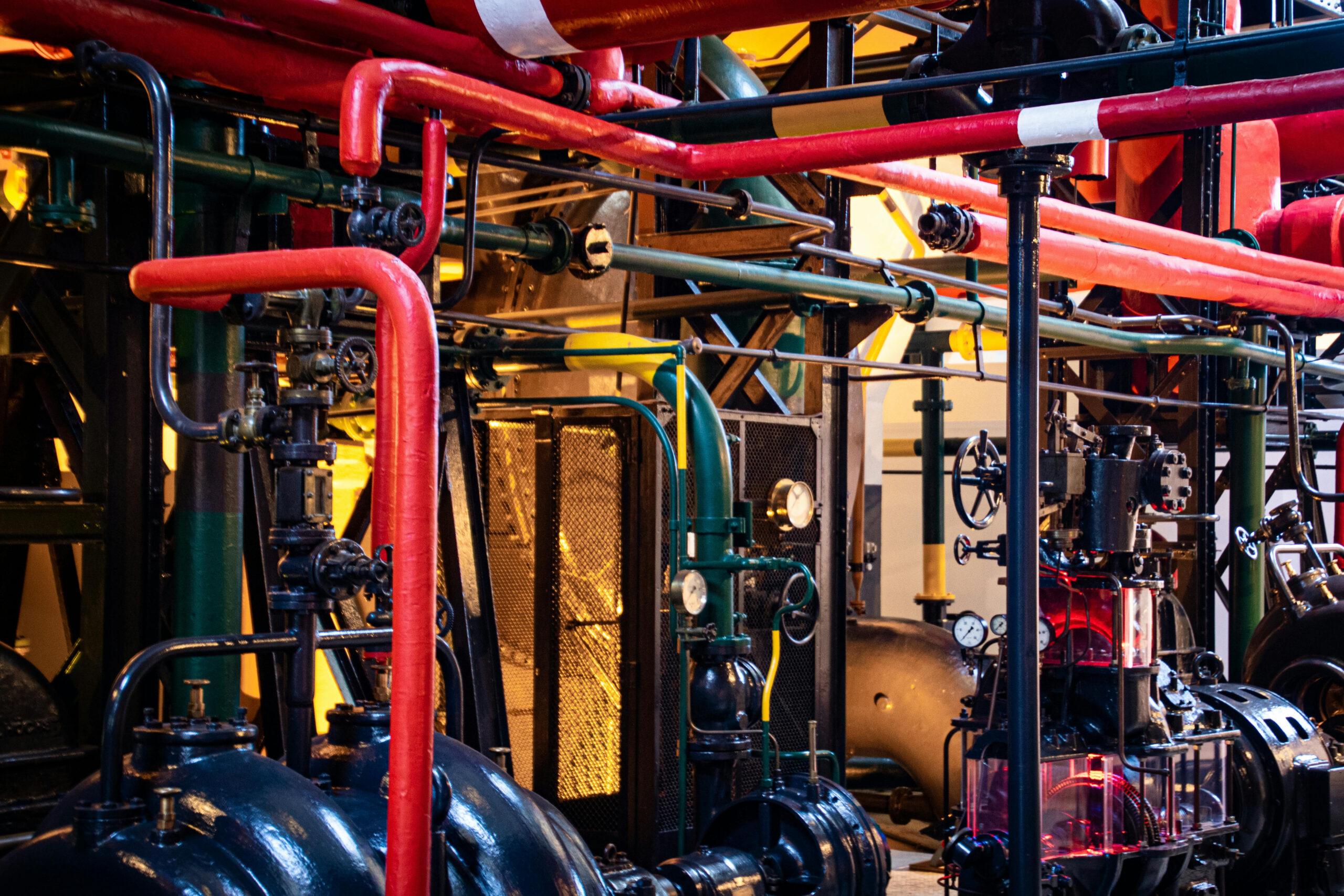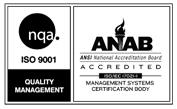Diaphragm pumps are commonly used across industries do to their versatility in handling types of fluids even those with high viscosity or abrasive qualities. Suction lift plays a role in determining how well diaphragm pumps perform by enabling them to pull fluids from levels low than the pump. It is important to recognize and tackle the obstacles linked to suction lift in diaphragm pumps to maintain operations and prevent issues.
What is Suction Lift in Diaphragm Pumps?
When we talk about suction lift, we’re referring to the height from the fluids surface to the centerline of the pump. Essentially, it’s how high the pump needs to raise the fluid from its source to get it into the pump. The effectiveness of this lift depends on factors, like how the pump’s designed, the characteristics of the fluid being pumped and the conditions in which the pump is used.
Specifically static suction lift is about that vertical distance, between where the fluid comes from and where it enters the pump. This measurement is crucial because it directly affects how well the pump can prime itself and keep running
Common Challenges with Diaphragm Pump Suction Lift
Insufficient Net Positive Suction Head (NPSH)
Issue: A common problem, with suction lift pumps is having a Net Positive Suction Head (NPSH). NPSH refers to the pressure level needed at the pump suction to prevent cavitation, where vapor bubbles form in the fluid and can harm the pump.
Solution: To tackle this issue, it’s crucial to calculate the NPSH for the pump and make sure that the available NPSH exceeds this requirement. This can be done by minimizing the length and complexity of suction piping reducing elevation variances and using a similar diameter suction line to reduce friction losses.
Air Leaks in Suction Line
Issue: The performance of the pump can be greatly affected by air leaks, in the suction line as they hinder its ability to generate vacuum to move the fluid. Minor leaks can bring air into the system lowering the efficiency of the pump and potentially leading to it losing its position.
Solution: It is advisable to check for leaks in the suction line and ensure that all connections are securely sealed. The use of top-quality gaskets and seals can prevent air from getting in. Moreover, employing a vacuum gauge can aid in leak detection by monitoring pressure drops, within the suction line.
Inadequate Priming
Issue: Diaphragm pumps, like many other pumps, require proper priming to function effectively. Inadequate priming can lead to difficulties in establishing the initial suction lift, especially in applications with long suction lines or when handling viscous fluids.
Solution: To ensure proper priming, it is recommended to use a foot valve or a check valve in the suction line. These valves help maintain the fluid column in the suction line, preventing it from draining back into the source when the pump is not operating. Additionally, filling the suction line with fluid before starting the pump can help achieve a more reliable priming process.
Viscous or Heavy Fluids
Issue: Handling viscous or heavy fluids can pose significant challenges to diaphragm pump suction lift. The higher resistance offered by these fluids can reduce the pump’s ability to lift the fluid efficiently, leading to poor performance or even pump failure.
Solution: When dealing with viscous fluids, it’s crucial to select a diaphragm pump designed for high-viscosity applications. Increasing the suction line diameter and reducing the length of the suction line can also help minimize resistance and improve the suction lift. Additionally, heating the fluid (if applicable) can reduce its viscosity, making it easier for the pump to lift.
Long Suction Lines
Issue: Long suction lines increase the friction losses in the system, making it more challenging for the pump to achieve the required suction lift. This can lead to reduced flow rates, difficulty in priming, and increased wear on the pump components.
Solution: To mitigate the effects of long suction lines, it’s advisable to minimize the length of the suction line wherever possible. If a long suction line is unavoidable, consider increasing the diameter of the line to reduce friction losses. Additionally, using smooth-bore hoses and avoiding sharp bends in the suction line can help improve flow efficiency.
Elevated Fluid Temperature
Issue: Elevated fluid temperatures can lower the available NPSH, increasing the risk of cavitation. Hot fluids have a higher vapor pressure, making it more difficult for the pump to maintain the necessary suction lift without vaporizing the fluid.
Solution: To manage elevated fluid temperatures, consider installing a cooling system or heat exchanger to lower the fluid temperature before it enters the pump. Additionally, selecting a pump with a higher NPSH margin can help accommodate the increased vapor pressure associated with hot fluids.
Clogging and Blockages
Issue: Suction lines can become clogged or blocked by debris, sediment, or solid particles in the fluid. This can restrict flow, reduce the suction lift, and potentially damage the pump.
Solution: To prevent clogging, it’s important to install a strainer or filter in the suction line to capture debris before it enters the pump. Regular maintenance and cleaning of the suction line and strainer can help avoid blockages and ensure smooth operation. In applications where solids are present, consider using a diaphragm pump designed for solids handling.
Improper Pump Installation
Issue: The installation of the diaphragm pump and its associated piping can significantly affect the suction lift. Improper installation, such as incorrect alignment or poor piping design, can lead to excessive friction losses, air leaks, and other issues that compromise the pump’s performance.
Solution: Ensure that the pump is installed according to the manufacturer’s guidelines, with proper alignment and secure connections. The suction line should be as short and straight as possible, with gradual bends instead of sharp angles. Additionally, the suction line should slope upward towards the pump to prevent air pockets from forming.
Inappropriate Pump Selection
Issue: Using a pump that is not suited for the specific application can result in poor suction lift performance. Factors such as the pump’s material compatibility, flow rate, and pressure capabilities must align with the requirements of the application.
Solution: Carefully evaluate the application requirements, including fluid properties, flow rate, pressure, and environmental conditions, before selecting a pump. Consulting with pump manufacturers or experts can help ensure that the chosen pump is well-suited for the task. Additionally, consider the specific needs of the suction lift application, such as the need for self-priming capabilities or the ability to handle viscous fluids.
Environmental Factors
Issue: Environmental factors such as altitude, ambient temperature, and humidity can impact the suction lift capabilities of a diaphragm pump. For instance, operating at high altitudes reduces the atmospheric pressure, which can lower the available NPSH and make it more difficult for the pump to lift the fluid.
Solution: When operating in challenging environmental conditions, it’s essential to account for these factors during pump selection and system design. For example, at high altitudes, consider using a pump with a lower NPSH requirement or one that is specifically designed for such conditions. Additionally, monitoring and controlling ambient temperature and humidity levels can help maintain optimal pump performance.
Practical Tips for Improving Suction Lift Performance
In addition to addressing the specific challenges mentioned above, here are some general tips to improve diaphragm pump suction lift performance:
Optimize Suction Line Design: The design of the suction line plays a crucial role in determining the efficiency of the suction lift. Keep the suction line as short and straight as possible, and use similar diameter piping to reduce friction losses. Avoid using unnecessary fittings, such as elbows and tees, which can create turbulence and reduce suction efficiency.
Maintain Proper Fluid Levels: Ensure that the fluid source is adequately filled to maintain a consistent fluid level. Low fluid levels can increase the suction lift required, making it more difficult for the pump to draw fluid into the system.
Regular Maintenance and Inspection: Regularly inspect and maintain the diaphragm pump and its components, including the suction line, gaskets, and seals. Early detection of wear and tear or potential issues can prevent more significant problems down the line.
Use an Appropriate Foot Valve: A foot valve installed at the end of the suction line can help maintain a fluid column in the line, preventing the fluid from draining back into the source when the pump is not in operation. This can make it easier to achieve a reliable priming process.
Monitor Suction Pressure: Install a vacuum gauge on the suction line to monitor the suction pressure. This can provide valuable insights into the pump’s performance and help detect issues such as air leaks, blockages, or inadequate NPSH.
Consider Environmental Factors: As mentioned earlier, environmental conditions can impact suction lift performance. When designing the pump system, account for factors such as altitude, temperature, and humidity, and select a pump that can handle these conditions effectively.
Conclusion
Diaphragm pump suction lift is a critical aspect of pump operation that can significantly influence the performance and efficiency of the system. Understanding the common challenges associated with suction lift and implementing practical solutions can help ensure that diaphragm pumps operate effectively, even in demanding applications. Whether dealing with air leaks, inadequate priming, or challenging environmental conditions, taking proactive steps to address these issues will result in improved reliability, reduced downtime, and extended pump life.



Get Social